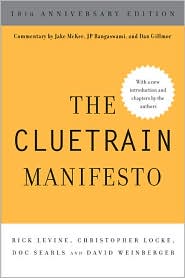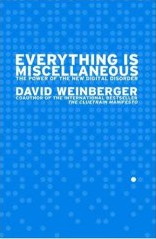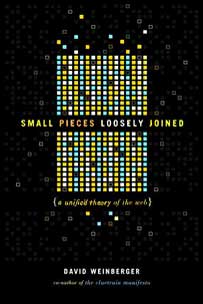December 17, 2017
[liveblog] Mariia Gavriushenko on personalized learning environments
I’m at the STEAM ed Finland conference in Jyväskylä where Mariia Gavriushenko is talking about personalized learning environments.
Web-based learning systems are being more and more widely used in large part because they can be used any time, anywhere. She points to two types: Learning management systems and game-based systems. But they lack personalization that makes them suitable for particular learners in terms of learning speed, knowledge background, preferences in learning and career, goals for future life, and their differing habits. Personalized systems can provide assistance in learning and adapt their learning path. Web-based learning shouldn’t just be more convenient. It should also be better adapted to personal needs.
But this is hard. But if you can do it, it can monitor the learner’s knowledge level and automatically present the right materials. In can help teachers create suitable material and find the most relevant content and convert it into comprehensive info. It can also help students identify the best courses and programs.
She talks about two types of personalized learning systems: 1. systems that allow the user to change the system or 2. the sysytem changes itself to meet the users needs. The systems can be based on rules and context or can be algorithm driven.
Five main features of adaptive learning systems:
-
Pre-test
-
Pacing and control
-
Feedback and assessment
-
Progress tracking and reports
-
Motivation and reward
The ontological presentation of every learner keeps something like a profile for each user, enabling semantic reasoning.
She gives an example of this model: automated academic advising. It’s based on learning analytics. It’s an intelligent learning support system based on semantically-enhanced decision support, that identifies gaps, and recommends materials and courses. It can create a personal study plan. The ontology helps the system understand which topics are connected to others so that it can identify knowledge gaps.
An adaptive vocabulary learning environment provides cildren with an adaptive way to train their vocabulary, taking into account the individuality of the learner. It assumes the more similar the words, the harder they are to recognize.
Mariia believes we will make increasing use of adaptive educational tech.









